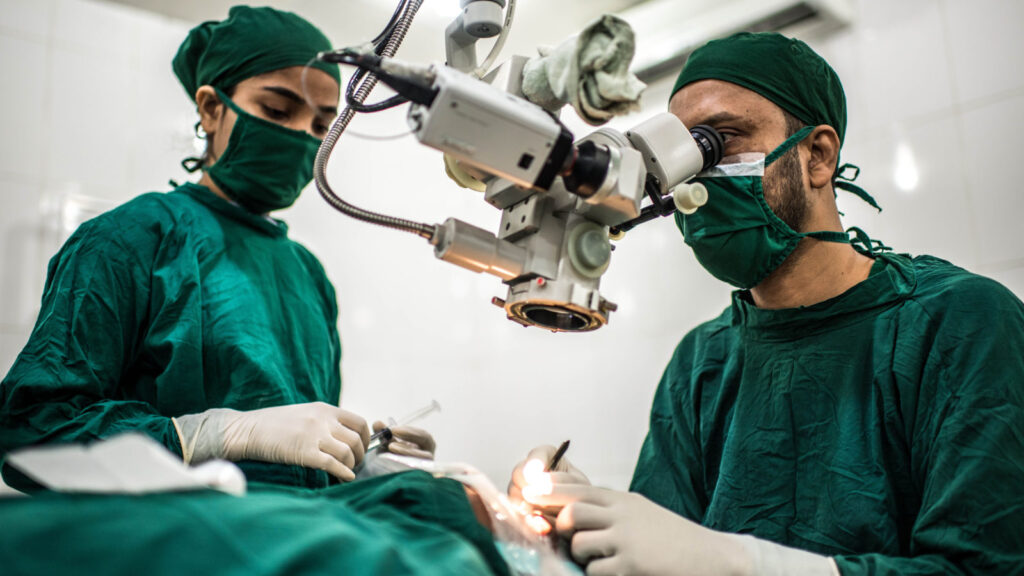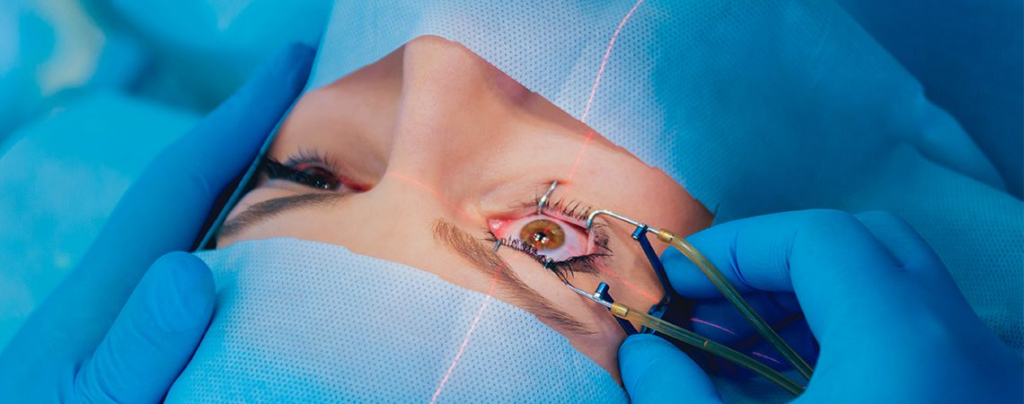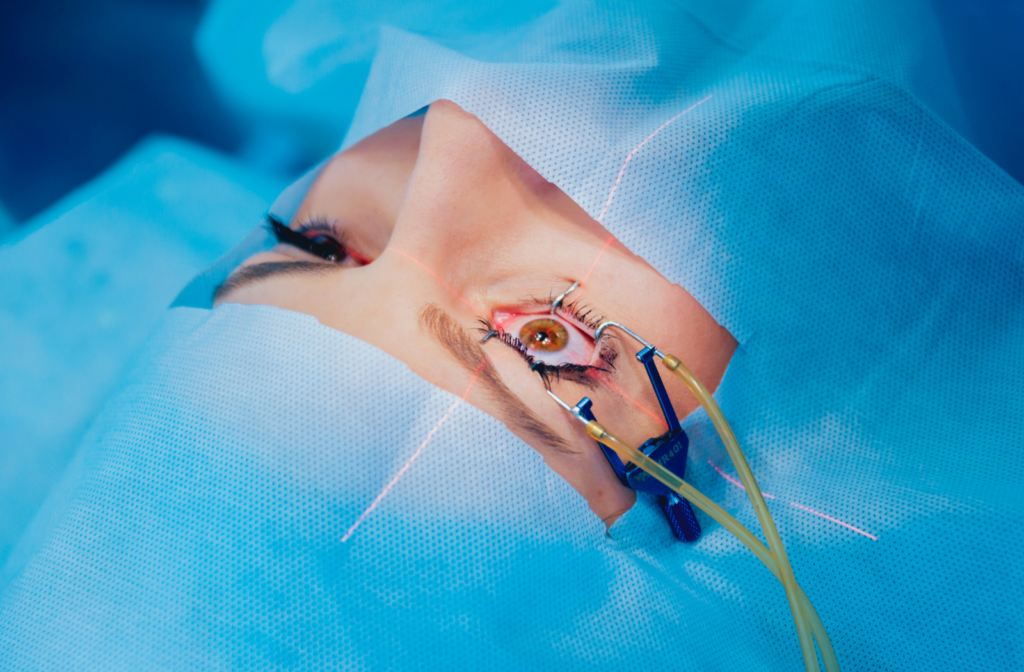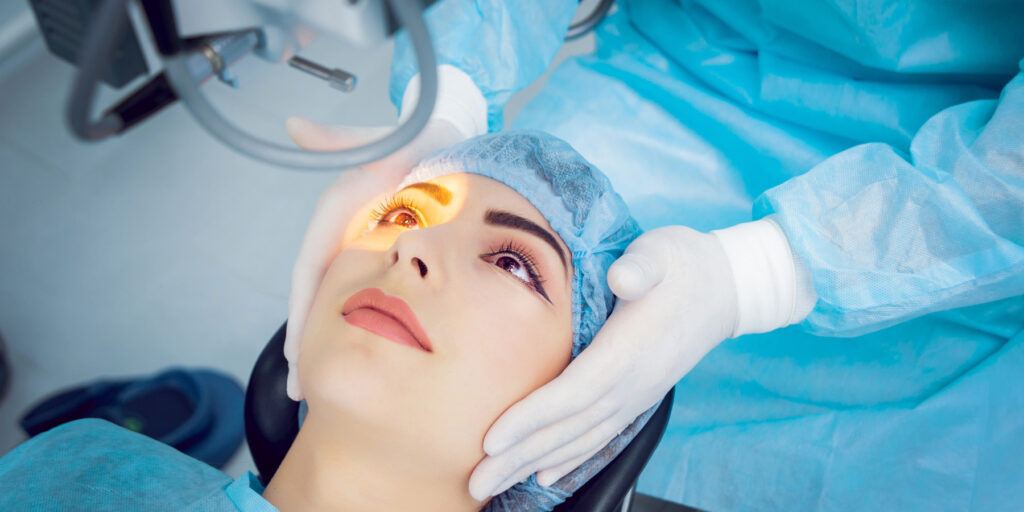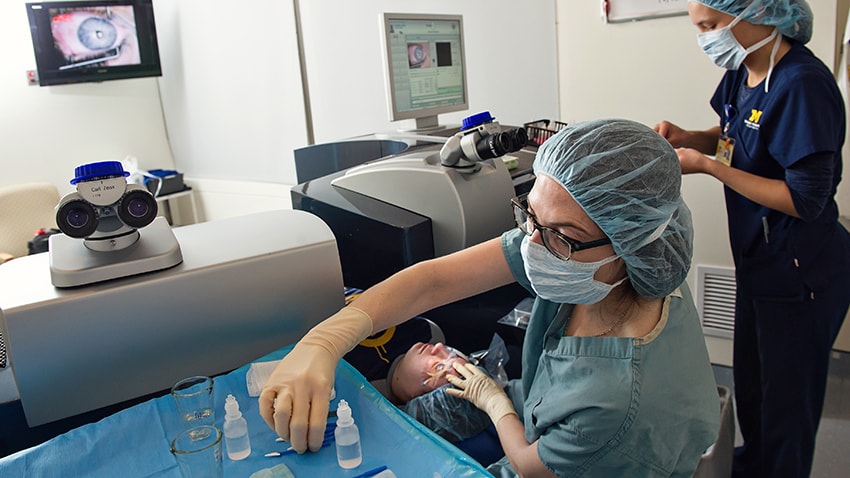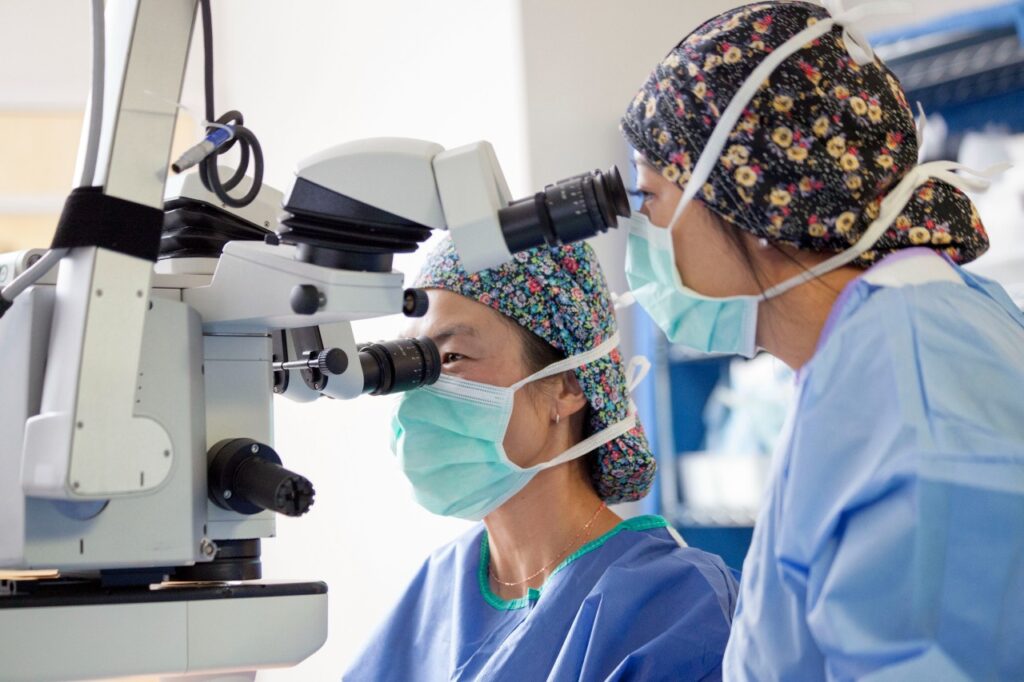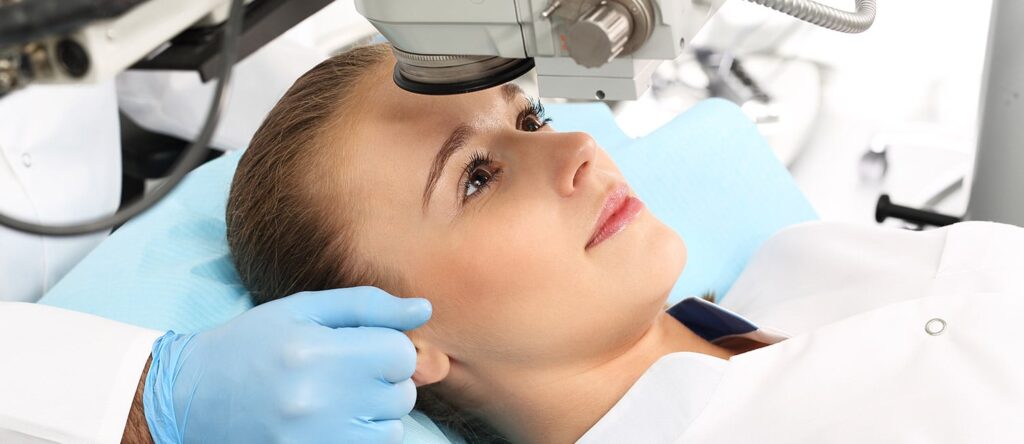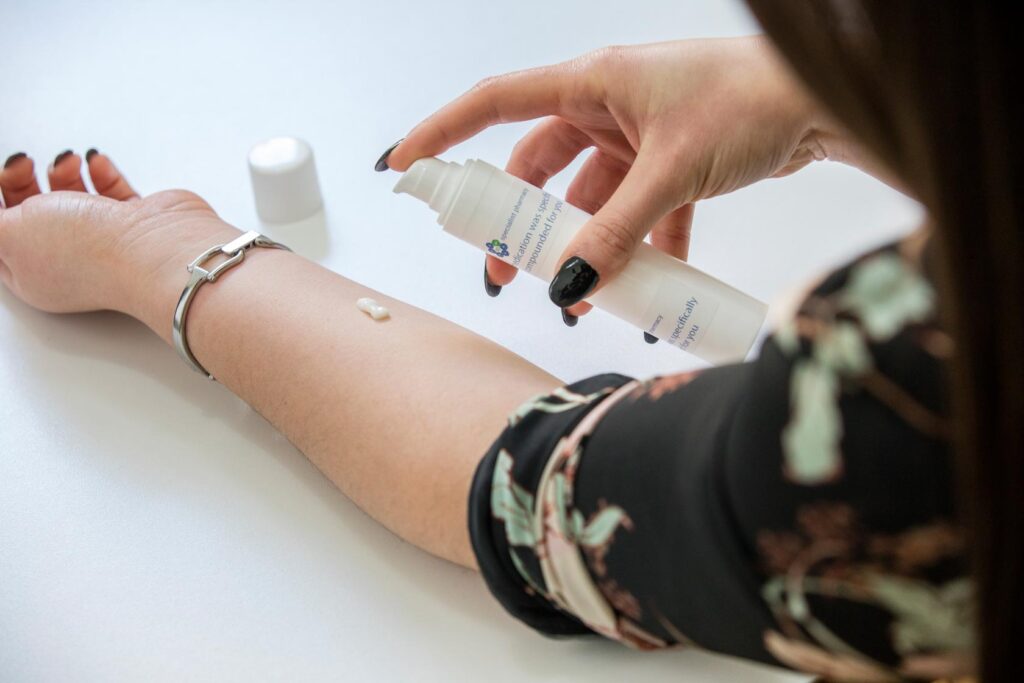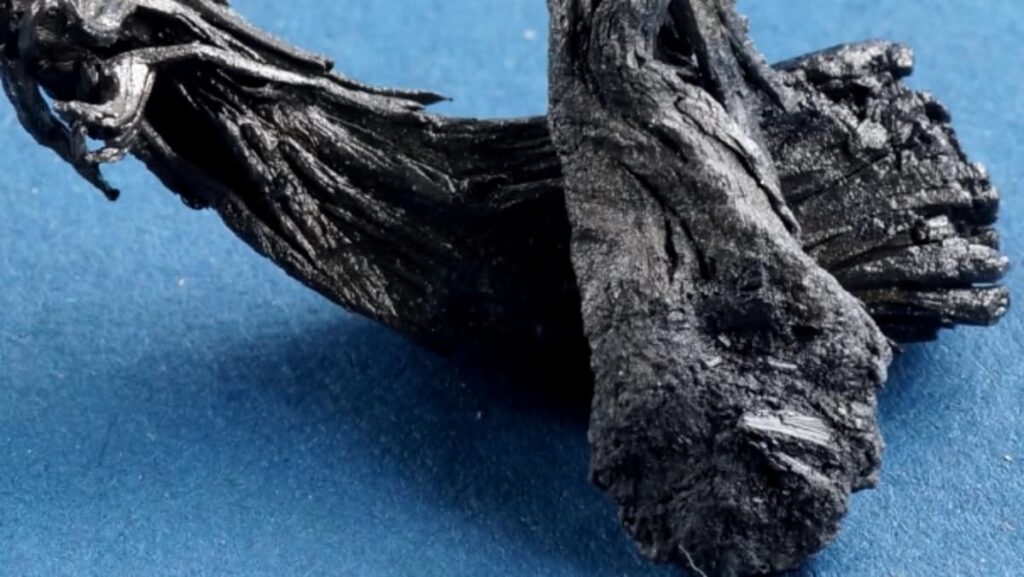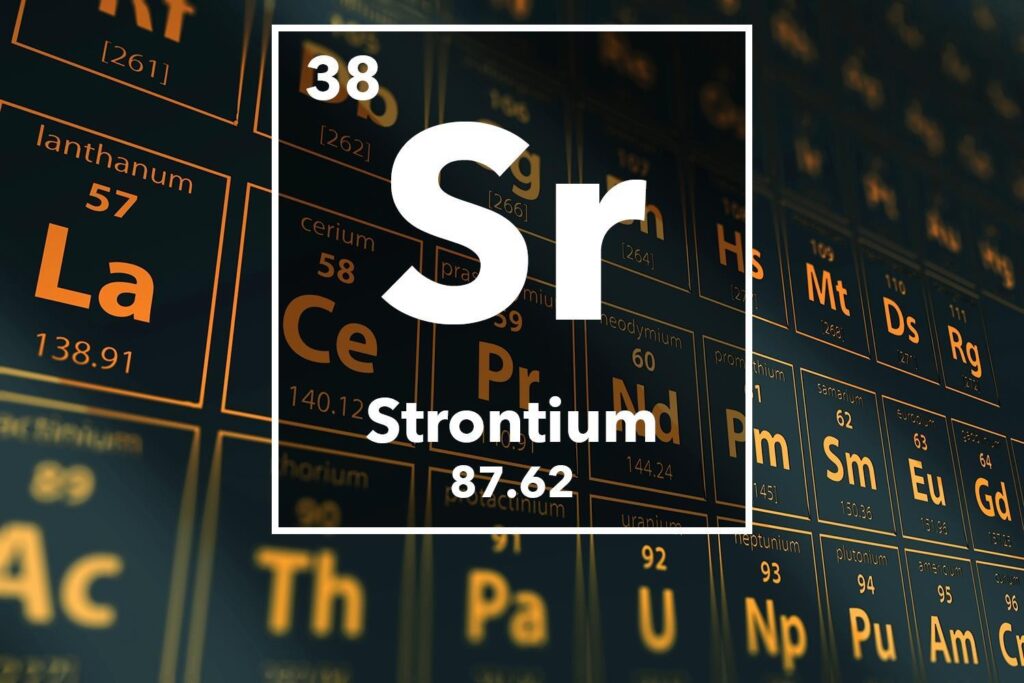In a 2007 report written by National Institutes of Health researchers, published in the journal Endocrinology, two revealing footnotes appeared. The footnotes referred to previous research articles which had demonstrated that a safe, entirely natural substance actually helped repair and restore some lost function in experimental animals whose spinal cords had been completely severed!
Even more surprisingly, the two prior research articles mentioned in these footnotes were reported in 1983 and 1990, and (as there were no other footnotes on this or related topics listed in the 2007 report) it’s very likely that no similar research on this topic has been published since.
Think about that for a moment. A safe natural substance that can help restore even partial function after a spinal cord has been completely severed should be very big news. You’d expect that the revelation that paralyzed and stuck in a wheelchair after a devastating spinal cord injury is NOT a life sentence should have been on the front page of every newspaper across the world. Yet, you’ve likely never even heard about this breakthrough. And neither had I.
Bladder function restored in two weeks!
In the 1983 research , twenty-two rats (eleven male, eleven female) had their spinal cords completely transected (formal technical talk for “cut all the way through”). Twelve (Group 1) were injected with the safe natural substance every day for the first week, then every other day for three more weeks. Ten rats—the control group or Group 2—were not given this injection.
Criteria used to judge improvement of the totally cut-across spine were bladder function, and ability to climb up an inclined plane (“ramp” in English). Both of these abilities were totally lost after the spinal cord was cut completely cut across.
The researchers wrote: “Regaining of bladder function, as demonstrated by spontaneous emptying of the bladder with no residual urine was observed in all the animals in Group 1, within the first two weeks… In group 2 animals, no recovery of bladder function was noted even after six weeks.”
At six weeks all were walking again!
Ability to climb the ramp was not as completely recovered, but there was significant improvement. Four of the twelve treated animals had complete recovery of this ability—back to normal, pre-spinal transection function—while the remaining eight in the treated group could walk, but not 100% normally. In Group 2, the untreated group of rats, all were still paralyzed six weeks after spinal cord transection.

The researchers also wrote: “Histological evidence of bridging of the gap between the ends of the spinal cord by nerve fibres containing tissue was noted in the… treated rats only.” Histological evidence refers to evidence gathered from direct observation using a microscope; it’s very hard to argue with that. Under the microscope, nerve fibers were seen to be “bridging the gap” between the cut-apart pieces of the spinal cord, and they “contained tissue”.
As there was 100% improvement in bladder function in all the treated rats, as well as variable recovery in ability to climb a ramp in the treated rats, and none whatsoever in the untreated rats, that “contained tissue” must have been newly formed functional nerve tissue!
Nerve function recovered in mere weeks
These improvements were stimulated by a safe natural substance. I’ll identify that spinal-cord-restoring miracle substance in just a moment, but first let’s take a look at a 1990 report , which had one of the same authors as the 1983 report. In this research, twenty-one rats had complete transection of their spinal cords. Eleven were given the safe natural substance for six weeks. The other ten—again, the control group—were not.
After six weeks, there was a significantly greater electronic measurement of “motor action potential” (for the technically inclined, p<.02) in the treated rats. An action potential is the electrical signal traveling down a neuron—in this case a motor neuron—which travels from the central nervous system to muscles. If this signal is significantly greater in the treated group than in the control group, it signifies a significant—even if not complete—recovery in that nerve function.
So what was this entirely safe, natural, and effective substance which helped these paralyzed rats to recover function? Why haven’t we heard about it before? Actually, we have heard about it a lot, especially lately. The substance is….
Human Chorionic Gonadotrophin (“HCG”)
Yes, the same HCG that’s helped so many to lose weight (see Nutrition & Healing March 2008 for details about that aspect) and that has been the subject of intense criticism from “authorities”. If you recall, HCG is secreted in large quantities in the first trimester of pregnancy, and we all were literally infused with small quantities of it for approximately the first nine months of our physical existence. If HCG were actually dangerous, chances are you and I wouldn’t even be here on planet Earth!
But how does a “pregnancy hormone” help a completely severed spinal cord form new nerve tissue in experimental animals? How do injections of this natural substance lead to complete recovery of bladder function, and partial to complete recovery of walking capability? The simplest answer is that hormones—and many other natural components of human and animal bodies—typically have more than one function in our bodies. In fact, they often have many functions. Researchers have found this to true of HCG, also. HCG is much more than just a “pregnancy hormone”.
Two totally paraplegic humans walking with crutches after HCG treatment
But the 1983 research report was not entirely confined to results achieved in experimental animals. In the very last two paragraphs of the nine page report, the researchers wrote: “We have started a clinical trial on patients with total paraplegia using 20,000 units of HCG intramuscularly on the first day, followed by 10,000 units every day for the first week, and then 10,000 units every alternate day for five weeks. Whenever there was evidence of blockage, spinal canal decompression was carried out. The first patient with a lesion at T11- T12 spinal segment, now after three months is able to stand with a walker and move his lower extremities with voluntary movement in all muscle groups. The second patient, now after five weeks with a lesion at T1 spinal segment has almost complete sensory recovery, including bladder sensation, and has voluntary muscle contraction in both proximal [near] and distal [far] groups of muscles in his lower extremities.”
In an undated addendum by the same authors (printed with the original research report) state: “Both patients mentioned in the paper are now able to walk with the help of crutches.” That’s right, two paraplegic men who weren’t able to walk were able to walk with crutches after HCG treatment! And yes, the quantities used were massive, but there was (as might be predicted) no mention of adverse events. And also yes, massive doses of HCG are expensive—although not as costly as the average hospital bill—but for the chance to walk once again, what would you do for yourself, a family member, a close friend?
Criticism by the “Chairman of the Editorial Board”
The actual research report was followed by a statement of disbelief from the Chairman of the Editorial Board of the journal, who wrote: “….no real proof has been given that a functional regeneration within the sectioned [cut across] did occur at all and that human chorionic gonadotrophin positively influenced the functional recovery.”
The researchers replied in true academic language: “… we do not claim that this experiment proves human chorionic gonadotrophin (HCG) causes regeneration of the spinal cord. We simply state that “the presence of nerve fibres in the bridging tissue certainly suggests that HCG might be useful in regeneration of nerve fibers of the spinal cord.”
They also pointed out that the “control group” of rats not given HCG had no recovery at all, and that “the significant recovery we see in the HCG-treated rats….certainly suggests a strong possibility that HCG did in fact, have some role in the functional recovery of spinal cord sectioned rats”. In this reply to the Chairman of the Editorial Board, no mention was made at all about the two total paraplegic humans who experienced partial functional recovery in six weeks with rather heroic—but safe—quantities of HCG. No mention at all was made that these two men were up and walking with crutches at an unspecified later date.
When one of the authors of this 1983 research paper was contacted inquiring whether had been any further follow-up in those or other human cases, he wrote back that he had left the University of North Dakota School of Medicine for another academic post, so these two patients were “lost to follow-up.” Although there’s no way to prove it, it would be no surprise at all to learn that this “heretical” research report—HCG enabling neuronal regeneration and recovery from a transected spinal cord (animals) and “up and walking with crutches” after paraplegia (humans)—had something to do with that particular academic career move.
Male infertility reversed with HCG
Let’s look at another recently discovered therapeutic application of HCG, an application that will lead us to understand how HCG may work to help stimulate healing in spinal cord and other nervous system injuries.
In 2004 and again in 2009 , Belgian and Swiss researchers published the case of a thirty year old man whose wife was unable to conceive a child. He had underdeveloped testicles (for the technically inclined, the researchers reported a volume of eight milliliters). He agreed to a testicle biopsy. Observed under a microscope, the cell structure of the testicles was found to be very immature. The sperm count was very low and those that were present were very immature also.
His testosterone level was very low (0.3 nanograms/milliliter, normal range 2.5-10.0 nanograms per milliliter). The immediate cause of his low testosterone was his undetectable luteinizing hormone (LH). LH is a pituitary hormone which stimulates the “LH receptor” which in turn stimulates the testicules to produce testosterone.
By contrast, his estradiol was low normal (26 nanograms per liter, normal 10 to 70 nanograms per liter.) His follicle stimulating hormone (FSH)—the pituitary hormone that stimulates sperm formation and maturation in men and estrogen in women—was high (23 mIU per milliliter, normal range 1.0-8.0 mIU per milliliter.
In both genders, when there is little to no response to FSH, our pituitary glands make more—often much more—than usual to try to force a response. In this man’s case, his testicles were making very few sperm, and no mature ones, which would likely explain why his FSH level was high—in effect “screaming loudly”—to try to encourage more sperm production.
But the real cause of his problem was discovered to be a DNA mutation that rendered LH biologically and immunologically inactive. The effects of this mutation added up to undetectable LH, small testicles, very poor sperm numbers, no mature sperm, and no pregnancy for his wife.
After treatment with human chorionic gonadotrophin (“HCG”) 1500 IU three times a week for a month, then 5000 IU weekly for two years, his testicle volume had nearly doubled, from eight to fourteen milliliters. His testosterone had increased to a normal 7 micrograms per liter, and his FSH had decreased to normal at 2.3 mIU per milliliter.
Another testicle biopsy showed significantly increased sperm numbers with many completely matured. Using his sperm, physicians were able to help his wife conceive. She delivered a male infant, who fortunately did not inherit his father’s DNA problem and was found to have normal (for an infant) testosterone, FSH, and LH levels.
A man with no LH, and therefore almost no testosterone, and no mature sperm is treated with HCG and has his testosterone normalize and his testicles mature and begin to produce mature and functional sperm that help to conceive a previously inconceivable (pun intended) child. How could this happen?
HCG stimulates testosterone production
The researchers wrote: “Although rare, isolated LH deficiency due to inactivating mutations of the LH-subunit gene is a useful illustration of the precise role of LH in testicular maturation and function in humans. Furthermore, it also provides a good example of the clinical efficacy of LH receptor stimulation using hCG.” Put more briefly, both LH and HCG stimulate the LH receptor, which in turn results in increased testosterone.
As men age their LH and testosterone levels start to naturally decline. Research shows that HCG can help stimulate testosterone production in men as they get older.
Forty men ages 65 to 80 years old participated in a double-blind, randomized, placebo-controlled trial using HCG, 5000 IU twice weekly (or a placebo injection) for three months. The group using HCG had a stable increase of 150% in total and free testosterone. Their lean body mass increased an average two kilograms (4.8 pounds), fat mass decreased by an average one kilogram (2.4 pounds), for a net loss of one kilogram (2.4 pounds).
However, the HCG using group also had an increase in total estradiol by 150%. This increase might explain why the researchers found no increase in muscle strength or sexual activity in the HCG group. Although the researchers noted the possibility that hyperaromatization (excess transformation of testosterone to estrogen) might be the cause of the equal increase in total testosterone and total estrogen which might explain the lack of increase in muscle strength, they didn’t check this possibility.
If you’re a man interested in trying to raise your own testosterone level without using testosterone itself, make sure to work with your doctor to monitor your testosterone and your estrogen levels. If your estrogen level goes too high, then perhaps you should be tested for insulin resistance, the major cause of hyperaromatization. (For more details about hyperaromatization of testosterone, see Nutrition & Healing for August 2013.)
The same researchers also investigated the effect of the twice-weekly HCG injections on sensitivity to insulin and related lipid measurements in these same men. Those receiving the HCG had no significant improvement in insulin sensitivity or HDL cholesterol, but there was a significant reduction in total and LDL (“bad”) cholesterol, as well as triglycerides.
HCG boosts libido & erectile function
Have you ever read that HCG has been reported to increase erectile function and sexual desire for some men? No, it wasn’t 100% effective, but you’d think that research finding would have been all over the news, especially since the article was published in a major medical journal, Urology. Since the research was published all the way back 1987, the word should have gotten around by now. But since HCG isn’t patentable it, of course, will never get the attention that conventional drugs do—but I digress.
Researchers actually reported two randomized studies in the one journal. In the first study, termed preliminary, twenty-nine men with ED (in pre-Viagra 1987, it was called impotence) took either HCG injections (5000 IU twice weekly), or injections of testosterone propionate (which is still in widespread use in 2013), 50 milligrams twice weekly. The HCG outperformed the testosterone, with 49% responding versus 28% in the testosterone group.
The second study involved forty-five men, again randomized, this time HCG versus placebo. Both took twice-weekly injections, placebo or 5000 IU HCG. HCG administration was associated with significant improvement in ED in ten of twenty-one men (47%). The placebo was successful in only three of twenty-four men (12.5%).
The researchers also noted a significant increase in testosterone levels in all twenty-one men who took the HCG injections, but no increases in the men who took the placebo injections. (There was no measurement reported of estrogen in either group.) Since the entire HCG group had a significant increase in testosterone, but only 47% had a significant improvement in ED, it’s reasonable to assume that HCG improves ED in some men in a non-testosterone-related way.
HCG works for women too!
For women, progesterone is secreted when the LH receptor is stimulated. Progesterone supplementation using rub-in creams or capsules can be very helpful for a wide variety of symptoms that occur when a woman’s progesterone level starts to decline. Since HCG stimulates the LH receptor, it can relieve the symptoms caused by a progesterone shortage in the same way.
Although there is no controlled research on this yet, it definitely works in clinical practice. For younger women suffering PMS symptoms or women suffering with menopausal symptoms and who want to lose weight, an HCG diet (strict or modified) with its accompanying HCG injections could be a “two-fer”, increasing progesterone, reducing PMS and some menopause symptoms, as well as promoting weight loss.
There’s also no controlled research about another effect of HCG injections which I’ve observed many times: significant increases in human growth hormone (measured in consecutive urine specimens collected for 24 hours) in both men and women during the use of HCG injections. Of course when HCG was stopped, HGH levels decreased to pre-HCG levels.
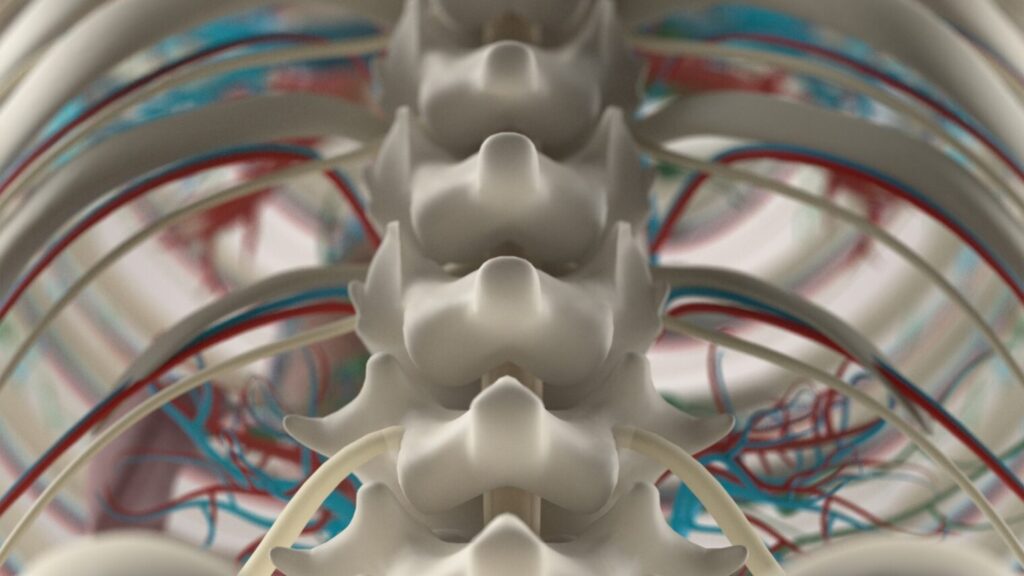
HCG’s role in nervous system growth
Obviously HCG is much more than just a pregnancy hormone. As Nature and creation are very conservative, it shouldn’t be a big surprise that the research on HCG stimulating LH takes us right back to where this started, the regeneration and healing of nerve cells and the brain.
In the 2007 report mentioned above1, the researchers observed that HCG has an effect on neurons and glial cells, the cells which—among other things—support neurons and their functions. They wrote: “….HCG promoted nerve regeneration in vivo and neurite outgrowth and survival of primary neurons in vitro.” In plain English, nerves and nerve projections (neurites) were regrown in live animals and survived better in cell cultures.
In the 1983 research about animals recovering from spinal cord injury, the researchers wrote: “HCG in pregnancy is highest during the first trimester when major developmental changes in the nervous system take place, suggesting the possibility that HCG may have some role in the growth of the nervous system.”
With the advantage of more than two additional decades of HCG research, the authors of the 2007 report echoed this prediction when they wrote: “…These findings imply a potential role for HCG…..in the development, maintenance, and regeneration of the mammalian nervous system.” Ongoing HCG research confirms that the potential role that was hinted at in 1983 is likely to be true.
How can HCG help to grow, maintain, and even regenerate the nervous system? Or as scientists would ask, “What is the mechanism?” A major part of this mechanism is now established. Remember in the research about recovery of testicular function with HCG noted above we learned that that the receptor for HCG is the same as the receptor for LH. In fact, it’s even been formally renamed the “LH/CG-R” (luteinizing hormone/chorionic gonadotrophin—receptor).
Researchers have confirmed that LH/CG-R receptors are also located on the surfaces of cells all over the brain and other neural structures, including the hypothalamus, cerebral cortex, hippocampus, brainstem, pituitary gland, cerebellum, retina, the spinal cord, and ependymal regions. (The ependymal regions are the fluid-filled regions of the brain and the spinal cord. They’re lined with ependymal cells, a type of glial cell which—among other things—secrete, circulate, and absorb cerebrospinal fluid.)
It would be entirely illogical—even irrational—to think that these receptors are located on all of these cells and areas of the nervous system and yet have no function. Obviously some of those functions are the development, maintenance, and regeneration of the human brain and nervous system. These functions are stimulated every day of our lives by fluctuating quantities of LH, and can be further stimulated by the deliberate administration of the much-maligned “weight loss” hormone, HCG.
HCG holds hope for neurodegenerative disease
It appears that, with the aid of HCG, repairs of even serious brain injuries or neurologic disease may also be within our reach. (Remember those LH/HCG receptors are everywhere in the brain!) If HCG can stimulate even completely transected (cut totally across) spinal cords to repair, then it may also be able to help neurons affected by neurodegenerative diseases to repair themselves, or at least slow the progress of the disease.
Of course there’s no way to know for sure; no research about HCG and neurodegenerative disease has been reported, and there are only the 1983 and 1990 reports about spinal cord injury, none about brain injury. Even if this research were to start today, so-called authorities would tell us—as they always do—that “results won’t be known for years”.
But if you or a loved one have a had brain or spinal cord injury that’s not yet recovered (especially a recent one), or have an ongoing neurodegenerative disease, why not take this article to a physician skilled and knowledgeable in natural medicine, and discuss giving regular HCG injections a try? It’s safe; after all, we all had exposure to it for approximately nine months when we were very, vulnerable fetuses, during which time it did us no harm at all.
Of course it may not help, either. But the research we do have—especially those experimental animals walking again, and the two paraplegic men “now able to walk with the help of crutches” after HCG treatment—gives us real reason to hope. And since little else is being done to repair neurologic injury and neurodegenerative disease that’s actually helping, and side effect free, it’s certainly worth a try.
More to read: The Digestive Theory Of Aging Part 1


